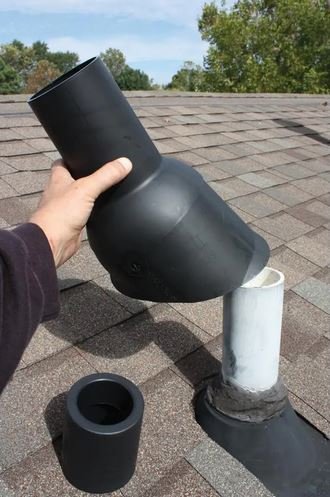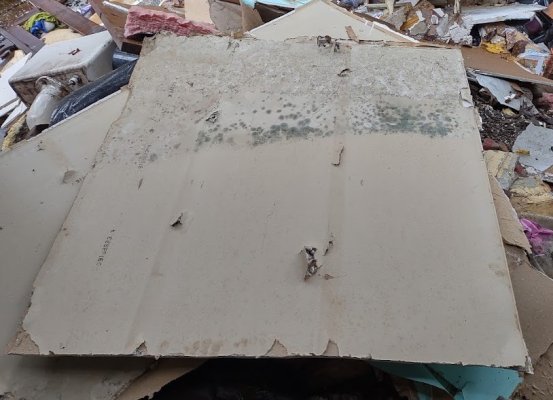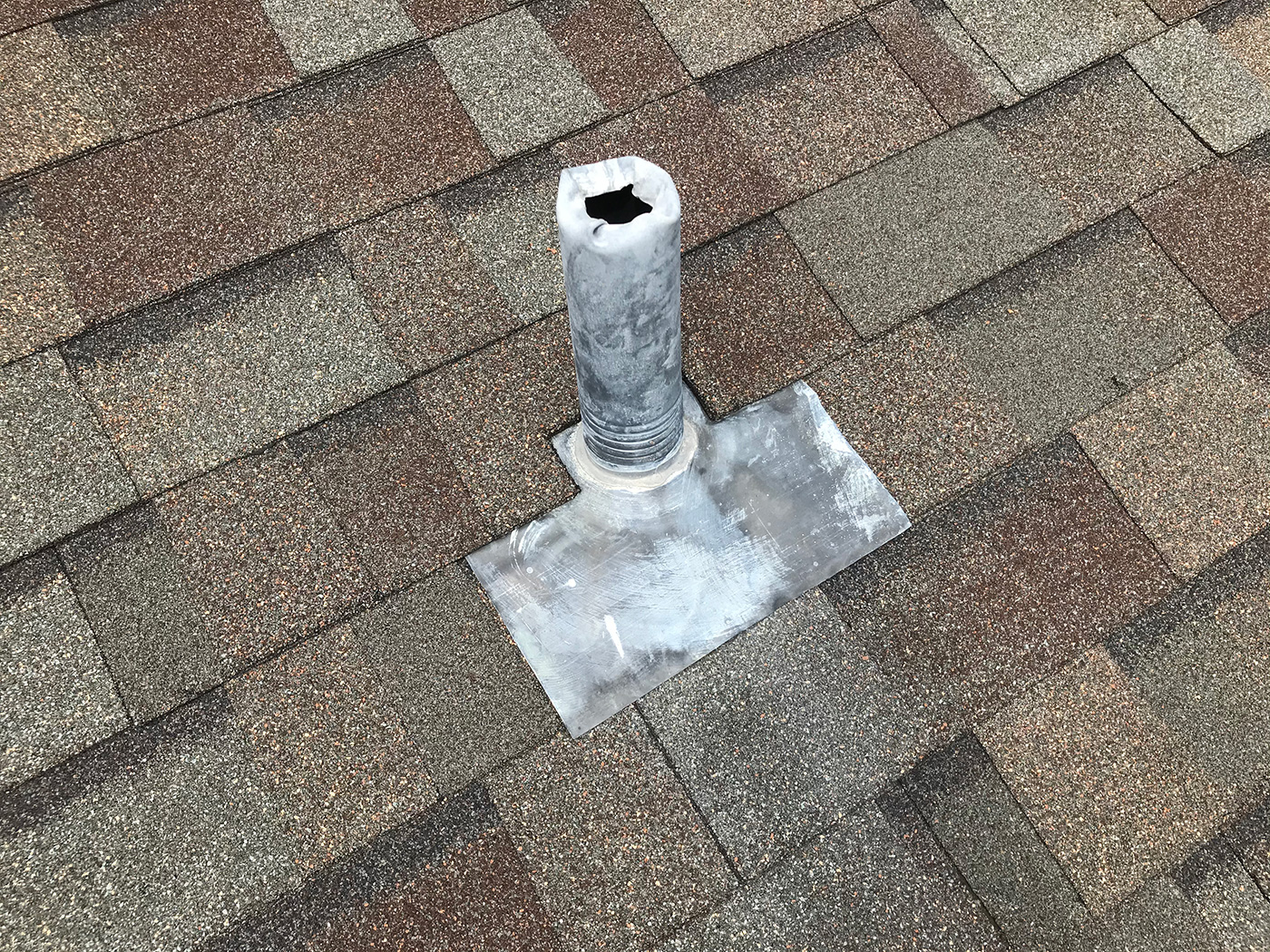So a few days ago we were finishing packing up my daughter's stuff to move her 3 hours away to her college apartment the next morning.
She yells downstairs, dad, there's a water leak stain in my room's ceiling.
Great, I thought. Never experienced any water stains in the ceiling before. So I trot upstairs to check it out and sure enough there a nice small stain growing on the ceiling.
We just had a severe rain storm go through an hour ago.
I'm thinking did the storm knock a tree branch down and put a hole in the roof. It's dark outside by now.
So I get my flashlight and look on the roof. Doesn't appear to be anything unusual on the roof. I'm thinking we had some raccoons recently trotting across all our roofs. Maybe they damaged it somehow?
So I bring my 8 foot ladder in the house so I can access the upstairs attic door. Get up in the attic and everything looks good. Of course it's very hot up there.
I yell down I don't see anything. So I asked them to tap on the ceiling so I can find where the stain formed.
They start tapping, I pull up the insulation and found the stain. It's right below the bathroom PVC pipe that vents out the roof.
I put my hand around the pipe and it's slightly wet. I put a bucket under the pipe as I'll have to deal with this later.
After doing some research apparently there is some kind of rubber seal around where the pipe exits the roof to prevent it from leaking. And I guess these can tear or split. My roof is about 9 years old.
My question to you more experienced folks - does that sound like what the problem is?
Am I missing something?
Is this an expensive repair since I will not be climbing up on the roof and have to hire someone?
Thanks in advance.
She yells downstairs, dad, there's a water leak stain in my room's ceiling.
Great, I thought. Never experienced any water stains in the ceiling before. So I trot upstairs to check it out and sure enough there a nice small stain growing on the ceiling.
We just had a severe rain storm go through an hour ago.
I'm thinking did the storm knock a tree branch down and put a hole in the roof. It's dark outside by now.
So I get my flashlight and look on the roof. Doesn't appear to be anything unusual on the roof. I'm thinking we had some raccoons recently trotting across all our roofs. Maybe they damaged it somehow?
So I bring my 8 foot ladder in the house so I can access the upstairs attic door. Get up in the attic and everything looks good. Of course it's very hot up there.
I yell down I don't see anything. So I asked them to tap on the ceiling so I can find where the stain formed.
They start tapping, I pull up the insulation and found the stain. It's right below the bathroom PVC pipe that vents out the roof.
I put my hand around the pipe and it's slightly wet. I put a bucket under the pipe as I'll have to deal with this later.
After doing some research apparently there is some kind of rubber seal around where the pipe exits the roof to prevent it from leaking. And I guess these can tear or split. My roof is about 9 years old.
My question to you more experienced folks - does that sound like what the problem is?
Am I missing something?
Is this an expensive repair since I will not be climbing up on the roof and have to hire someone?
Thanks in advance.



